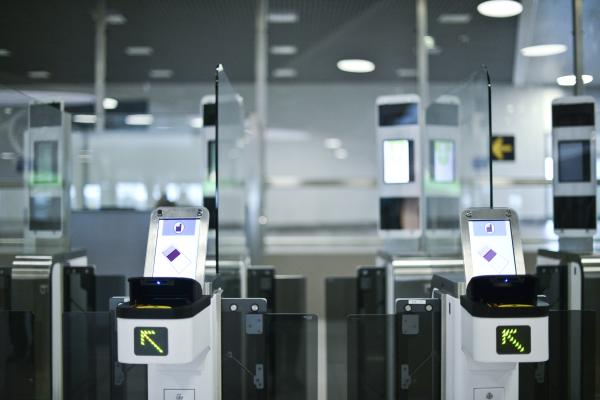Schengen is the world’s largest area of freedom, security and justice without internal frontiers. It guarantees free movement to more than 450 million EU citizens, along with non-EU nationals living in the EU or visiting the EU as tourists, exchange students or for business purposes (anyone legally present in the EU). The Schengen rules abolish checks at EU's internal borders, while providing a single set of rules for tightened controls at the external borders to ensure security of citizens and travellers.
Schengen promotes shared responsibility and stronger collective security. Schengen countries work closely on security and migration through a common visa policy, joint police operations, and real-time information exchanges between law enforcement agencies as well as procedures to return those with no legal right to stay in the Schengen area. Cutting-edge IT systems, like the Schengen Information System (SIS), help identify threats and manage borders while safeguarding fundamental rights, including data protection. Therefore, the Schengen area remains a cornerstone of European integration, as it facilitates smoother travel and trade while also supporting economic growth, cultural exchange, and enhanced security cooperation across Europe.

The Schengen area is an area without internal borders, where EU citizens, non-EU residents and visitors can travel safely and freely.

The EU has a common list of countries whose citizens must have a Schengen visa for entering the EU, and a list of countries whose citizens are exempt from that requirement.

EU countries work together to secure EU’s external borders. Common rules apply for border checks and EU short-stay visas.

Every year millions of travellers from third countries cross the external borders of the Schengen States and estimations point to ever-increasing traveller flows.

The Visa Information System (VIS) collects, processes and shares information relevant to external border management among EU countries.

The Schengen Information System (SIS) is an information sharing system for security and border management in the EU.
Effective management of EU external borders is a key element for a Schengen area without internal border checks.
Passports, residence permits and visas are used for travel purposes, to prove identity or to show a person’s right to stay in a country. Advanced security features and biometrics (facial image and fingerprints) help fight against the counterfeiting.
The EU uses large-scale IT systems at its external borders. Interoperability aims to allow good data management between the Union’s IT systems in the field of borders, visa, police and judicial cooperation, asylum and migration.

